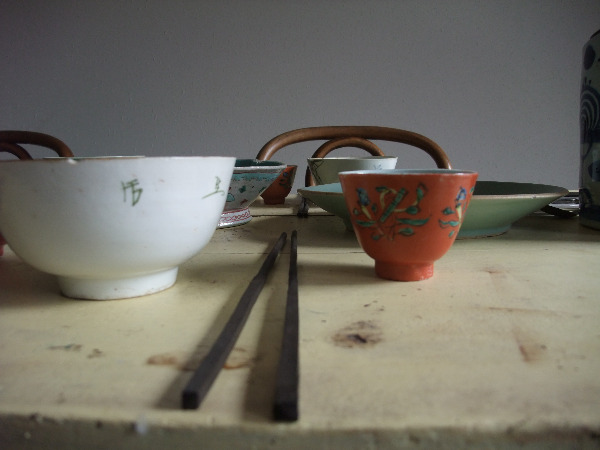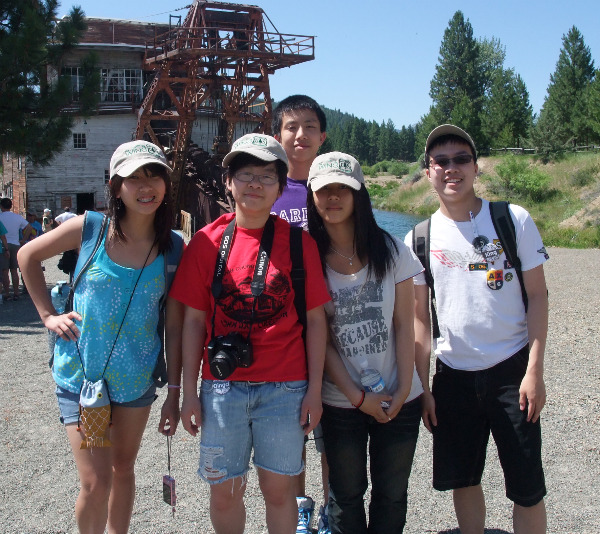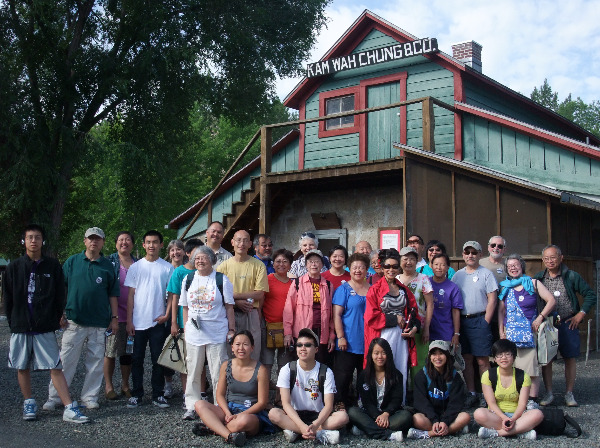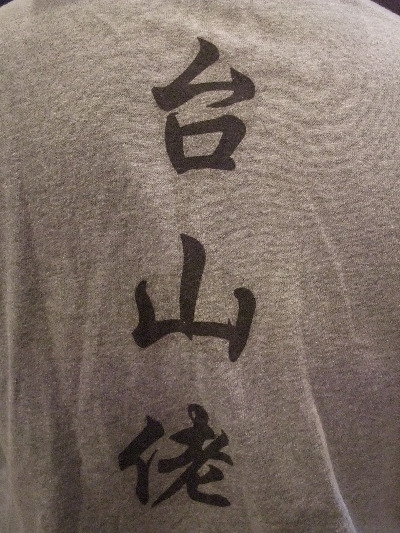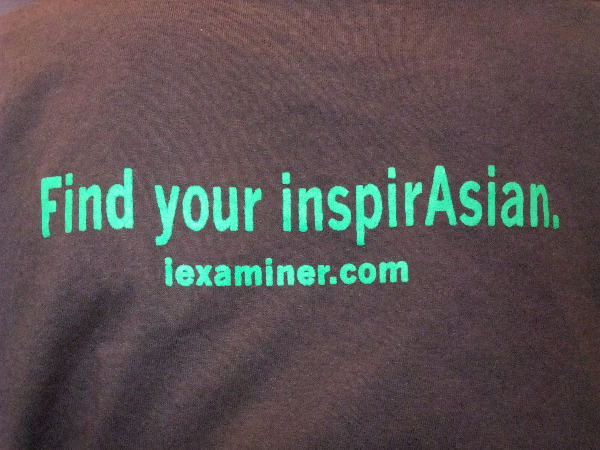
After panning for gold and touring a Dredge in Sumpter Valley, we ended Wednesday in Baker City, Ore.
We toured the Geiser Grand Hotel, where proprietor Barbara Sidway and local historian Gary Dielman talked about this city’s place in Western history and the many immigrants who arrived during the 19th century to find what everyone always wants – gold.
